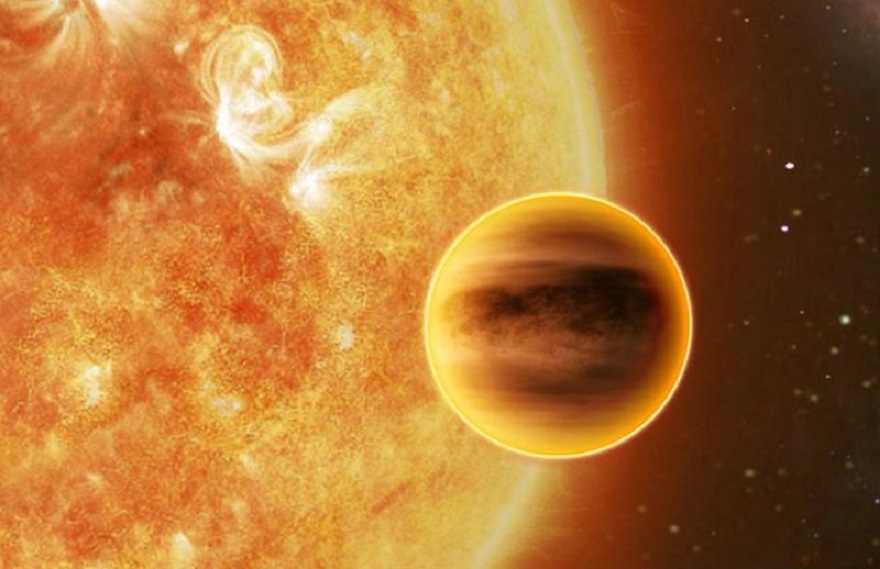A new study shows that gas giants in orbits close to their stars, known as “hot Jupiters,” are not always alone. There are other planets near many of them.

Lonely “hot Jupiters”
A group of scientists from Indiana University published a study in which they questioned the well-established claim that “hot Jupiters” were necessarily alone in their systems. This name is given to gas giants that orbit close to their stars, as a result of which their atmospheres are incandescent and often evaporate into space.
This is usually associated with the idea that they could not have been born where we see them now. Gas giants are born far away from their stars, but soon after birth they can begin to travel through the system and eventually end up near the star.
Their powerful gravitational field throws into space all the small planets that are unlucky enough to be in their way. In the end, having got rid of all the others, the giant planet finds itself alone. Previous studies of planetary systems with “hot Jupiters” have indeed very rarely shown the presence of other planets in the corresponding systems.
What the new study shows
In a new study, scientists have found that this is not the case. They turned to the full amount of data that NASA’s Kepler telescope collected during the four-year mission. From there, they received all the data on the systems in which “hot” and “warm Jupiters” were detected. The latter are called gas giants with rotation periods from 10 to 300 days.
The researchers used variations in transit times to find out if there is any other planet near them. And its signs were found for 12 percent of the “hot” and 70 percent of the “warm” gas giants.
According to scientists, the ejection of “hot Jupiter” of other planets from the star system depends on whether it is the only gas giant in it or not. Astronomers hope that future research will help to understand how our Solar System fits into this whole picture.
According to phys.org.
Follow us on Twitter to get the most interesting space news in time
https://twitter.com/ust_magazine
